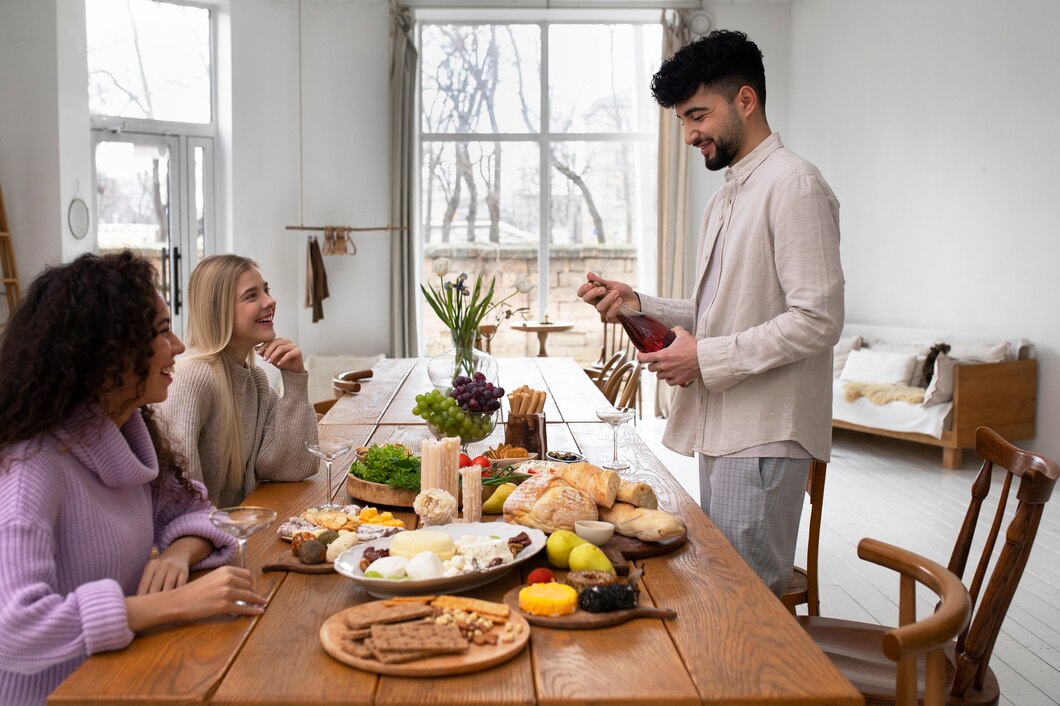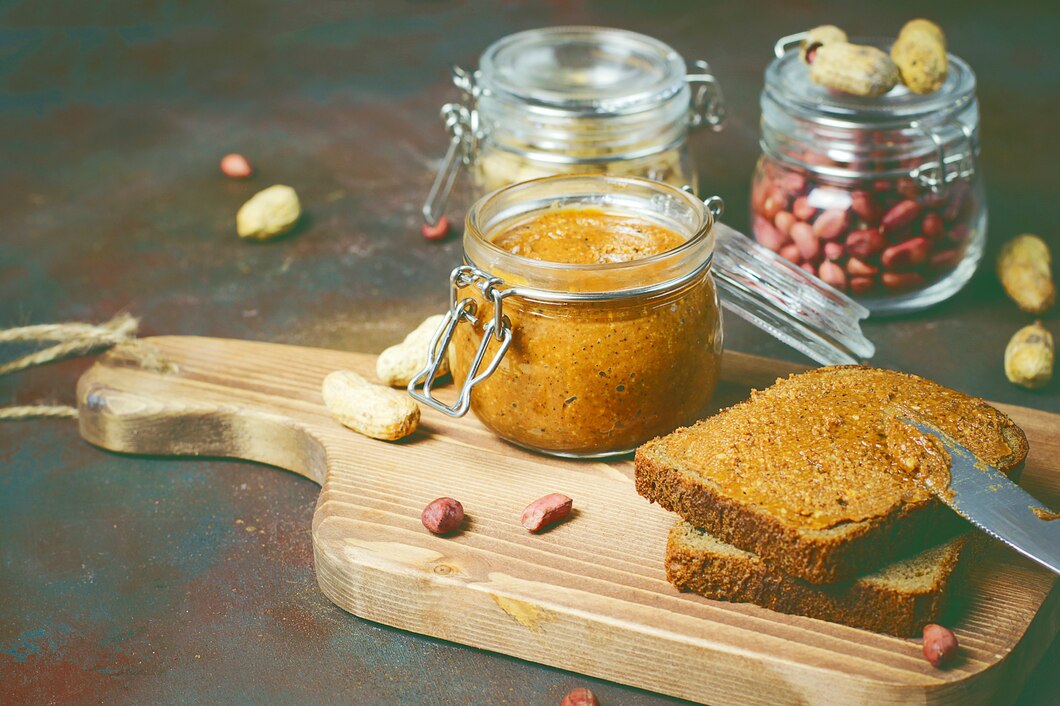Hosting a seasonal food tasting is a fantastic way to celebrate the flavors of the current season, whether it’s the rich, hearty dishes of fall, the fresh and light bites of spring, or the vibrant fruits and vegetables of summer. It’s also a perfect occasion to gather friends and family around the table and explore new dishes together. Here’s how to organize an unforgettable seasonal food tasting experience!
1. Choose Your Theme
A seasonal food tasting can be as broad or as specific as you want it to be. Decide on the type of foods you’d like to feature, whether it’s based on:
- Seasonal ingredients: Think fruits, vegetables, and proteins that are at their peak in the season you’re celebrating. For example, in the fall, you could focus on apples, pumpkins, and root vegetables, while in summer, you could highlight tomatoes, berries, and fresh herbs.
- A specific type of cuisine: You could choose a theme that explores seasonal dishes from a particular country or region. A Mediterranean summer, for instance, would highlight fresh seafood, olive oil, and citrus.
- Themed courses: Another fun option is creating a multi-course tasting, with appetizers, mains, sides, and desserts all aligned to the season. For example, start with a fresh spring salad, followed by grilled meats or roasted root vegetables, and finish with a seasonal fruit dessert.
2. Plan Your Menu
The key to a successful tasting is balance. Select dishes that complement one another, showcasing a variety of tastes and textures. Here’s a sample menu for a fall-themed tasting:
- Appetizer: Butternut squash soup with crispy sage
- Main Dish: Roasted root vegetable medley (carrots, parsnips, and beets) paired with slow-braised short ribs
- Side Dish: Kale and apple slaw with a mustard vinaigrette
- Dessert: Apple crumble with vanilla ice cream or spiced pumpkin bread
Make sure to cater to any dietary restrictions your guests might have. Have vegetarian or vegan options if necessary, and keep things interesting by offering a variety of flavors and textures.
3. Create a Comfortable Atmosphere
The setting is just as important as the food when hosting a tasting. Whether you’re having the event indoors or outdoors, make sure the space is inviting and comfortable.
- Decor: Incorporate natural elements that reflect the season. For fall, think pumpkins, gourds, and autumn leaves; for spring, opt for fresh flowers, herbs, and light linens.
- Seating: Ensure everyone has a comfortable seat with enough space to taste, talk, and enjoy the food. A long dining table encourages conversation and allows everyone to pass dishes around easily.
- Lighting: Dim lighting or candles add a cozy touch. For a brighter, fresher spring or summer vibe, natural light works beautifully, especially if you’re hosting outdoors.
4. Set the Right Tone with Music
Create a playlist that complements the season and mood of your gathering. For a fall tasting, try soft acoustic music, jazz, or instrumental tracks. If it’s summer, go for light and breezy tunes or even some upbeat pop music that will get everyone chatting and enjoying themselves.
5. Engage Your Guests
A food tasting is more than just eating; it’s about exploring and experiencing flavors together. Here’s how to make the most of it:
- Introduce each dish: Before each course, give a brief introduction to the dish and explain its seasonal ingredients or any special cooking techniques you used. It’s a great way to educate your guests and make the experience more interactive.
- Encourage conversation: Ask your guests about their favorite seasonal foods or dishes. You can also encourage them to share their thoughts on the different flavor profiles of each dish.
- Pairing beverages: Offering a selection of seasonal beverages to pair with each dish can elevate the tasting. Think apple cider with a fall meal, white wine with a fresh spring salad, or a crisp, cool beer for a summer BBQ. If you prefer non-alcoholic options, offer homemade lemonade, sparkling water with fruit garnishes, or a seasonal mocktail.
6. Make It Interactive
Seasonal food tastings don’t just have to be about sitting and eating. You can make it more interactive and fun by incorporating hands-on activities:
- Cooking together: If your guests enjoy cooking, you could prepare one of the dishes as a group, making the process part of the experience. You can set up a little station where everyone helps to chop vegetables, assemble salads, or prepare appetizers.
- Tasting challenges: Turn the tasting into a little game by having guests guess the ingredients or rate the dishes on various aspects like texture, flavor, or creativity.
7. Plan for Leftovers
A seasonal food tasting can produce more food than your guests can eat, so plan accordingly. You could ask your guests to bring their own containers for leftovers, or you could prepare some takeaway bags for them. This ensures everyone can take home a little taste of the event to enjoy later!
8. Share Recipes
Your guests will likely want to recreate the delicious dishes at home. Make sure to have recipe cards or printouts of the menu available so they can try cooking them on their own. If you’re hosting a recurring seasonal tasting, you can even consider creating a recipe booklet over time with all the dishes you’ve served.
Final Thoughts
Organizing a seasonal food tasting is a wonderful way to celebrate the flavors and produce of the season, connect with friends and family, and explore new culinary creations together. Whether you’re embracing the harvest of fall or the fresh offerings of summer, these gatherings are a fantastic way to make memories and savor the essence of each season on your plate.
Happy tasting!

